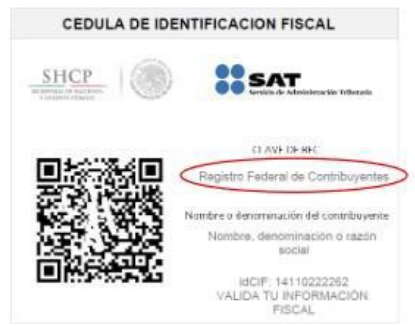Mexico TIN number guide
Clave en el Registro Federal de Contribuyentes - RFC
The Mexican Tax Administration Service issues a distinct identifier, known as Clave en el Registro Federal de Contribuyentes (RFC), to each individual or legal entity registered in the system. The structure of the RFC varies based on the taxpayer type, distinguishing between individuals and legal entities as outlined in Mexican tax regulations. According to these laws, only individuals and legal entities meeting specific criteria, such as filing periodic tax returns or issuing digital tax invoices, are mandated to register for a Taxpayer Identification Number (TIN).
Furthermore, legal entities and individuals falling under the requirement to open a financial account in Mexican financial institutions must also register for a TIN. Additionally, individuals of legal age (18 years old) are obligated to register in the Federal Taxpayer Registry, irrespective of their engagement in business activities.
Entities further have the responsibility to submit notifications, as specified in the Federal Fiscal Code, regarding their legal representatives, partners, and shareholders.
RFC Format
Individuals in Mexico are assigned a 13-character identifier, comprising 4 letters followed by 6 digits and 3 alphanumeric characters. The initial 4 letters represent the name, followed by 6 digits indicating the date of birth, and the last 3 characters are check digits.
For entities, the identifier is 12 characters long, consisting of 3 letters followed by 6 digits and 3 alphanumeric characters. The first 3 letters pertain to the name, the subsequent 6 digits indicate the date of incorporation, and the final 3 characters are check digits.
 |
| TAX IDENTIFICATION CARD |
How Lookuptax can help you in VAT validation?
Lookuptax VAT validation revolutionizes VAT number validation with its robust platform, empowering businesses to seamlessly verify VAT numbers across over 100 countries. Our cutting-edge technology ensures accurate and efficient validation, reducing errors and enhancing compliance.
